‘One child, one teacher, one book, and one pen can change the world.’
These are the words of Malala Yousafzai, a brave young girl who stood up against the Taliban in Pakistan, fighting for her right to education, and went on to become the youngest Nobel laureate in the world. Her passion for education and dedication to the cause has made Malala an international symbol in the fight for the education of girl child. Her story is an inspiration to many but more importantly, it is a message about the value of education and the fact that even in today’s world access to education is a privilege, not available to everyone. Girl child education in India is important for an equitable nation.
Social Status of Girl Child in India
Despite constitutional provisions guaranteeing equal rights to men and women, gender disparity is still a sad reality in Indian society. We live in a country where ironically, people pray and seek blessings from female goddesses for the birth of a male child in their family.
Gender discrimination in India is the result of a deeply rooted patriarchy that undervalues the girl child. According to a UNICEF report, though globally, girls have higher survival rates at birth and equal likelihood to participate in preschool, India is the only large country where the mortality rate and school dropout rate of girls are more than boys.
Discrimination against girl children manifests itself in many ugly forms including limited access to information and services in areas like education and health, early and forced marriage, female foeticide and infanticide and other crimes against women, unequal opportunities in employment and decision-making, etc. Gender equality is crucial for a peaceful and progressive society and thus calls for urgent actions to dissolve these social barriers that limit the rise of girls and women.
Education– The Game Changer
Education is a highly potent instrument of change. Through quality education, an individual not only acquires knowledge and skills but is also able to broaden his/her perspective and improve his/her overall personality. Education helps in character building and transforms attitudes and behaviors.
Further still, it sets in motion the spiral of effects leading to the development of both the individual and the nation. Education is the key to unlocking the greatness of a nation by removing inequalities and presenting everyone with a chance to achieve their fullest potential. The right to education is thus granted as a fundamental right in our constitution and should be equally accessible to both boys and girls. The facts however state otherwise!
Girl Child Education in India
An analysis of the historical background indicates that due to the social structure, cultural norms, and traditional practices, girl child education in India has been hugely neglected over time. Post- Independence the scenario has changed for the better with girls’ education being central to policy making.
Data from a research paper published in the International Journal of Research in Economics & Social Sciences states that the literacy rate of girls has gone up from 8.86 % in 1951 to 54.16% in 2001 and increased to 65.5% as per the 2011 census report.
While this is an increase in the literacy rate of girls in the past, when compared to the boys’ literacy rate which stood at 82.1% (Census Report 2011) it highlights the huge gap that still exists in girl child education in India. The Global Gender Gap Report (2021) ranked India at 114 out of 156 countries based on educational attainment.
Barriers to Girl Child Education
It has been well established that education is an important milestone in women’s empowerment and it needs to be imparted from early stages of life because childhood and adolescence are the formative years of an individual.
However, many problems stand in the way of girl child education in India. Some of the major ones are listed as follows:
Financial constraints: Poverty is one of the biggest hurdles in educating a girl child. Even though education at least at the schooling level has been made free, it might have some expenses involved like buying stationery or bus fare which some families find burdensome. When it comes to spending on education, many parents choose to spend on their sons rather than daughters.
Patriarchal mindset: There is a considerable section of our population who still do not see any good in educating the girl child. This comes from a deep-set psyche that women are meant only for the household chores and taking care of family and education would pollute their minds.
Gender stereotyping: Traditionally women have been confined to the four walls of a house. Gender roles have been so strongly held for generations that even women who are the victims of such stereotyping find it hard to break away from it. Since marriage and looking after a family are considered to be the ultimate goals of a girl’s life, less attention is paid to educating a girl child.
Domestic Responsibilities: Girls enrolled in schools, mainly in rural areas are forced to drop out to engage in household chores or take care of younger siblings. Thus they are not able to complete their education.
Lack of infrastructure: Shortage of teachers, commuting hurdles, and lack of essential infrastructure often lead to girl students dropping out of school at primary and middle school levels. Data from UDISE shows that by March 2021, 42,000 government schools did not have drinking water facilities and 15,000 schools had no toilets.
Safety issues: Girls who have to cover long distances between house and school often have safety concerns. This discourages them and their parents from continuing schooling.
Solutions for Improvement in Girl Child Education
The government of India has implemented several schemes and programmes to improve the situation of girl child education in India. The ‘Beti Bachao Beti Padhao’ campaign launched in 2015 is an attempt to change the attitude towards girl child by creating awareness about the declining sex ratio and the importance of girl-child education in the country.
Other steps in this direction could be:
- Improving existing educational infrastructure and quality of education
- Appointment of qualified teachers, preferably more female teachers in government schools
- Making schools more accessible by increasing their number or ensuring safer ways of commuting
- Creating awareness about the importance of girl child education
- Encouraging Public-private partnerships in creating and maintaining educational infrastructure
- Counseling sessions for parents and better teacher-parent association to improve attitudes toward girl-child
- Discouraging early marriage of girls and teenage pregnancy by creating awareness about the health risks
- Better WASH (water, sanitation, and hygiene) facilities in schools to prevent the dropout of girl students
Donate to Girl Child Education
Girl-child education, women empowerment, and the development of the nation are closely related. Besides the Government, many social and non-profit organizations like Smile Foundation are dedicatedly working to improve the scenario of girl-child education in India through various programmes and initiatives.
Community support and participation can provide great impetus to these efforts and go a long way in empowering the girls of our country. A small contribution from you can make a big difference in the life of a girl-child. Please sponsor or donate for the education of girl-child because in an educated girl lies the promise of an empowered nation.



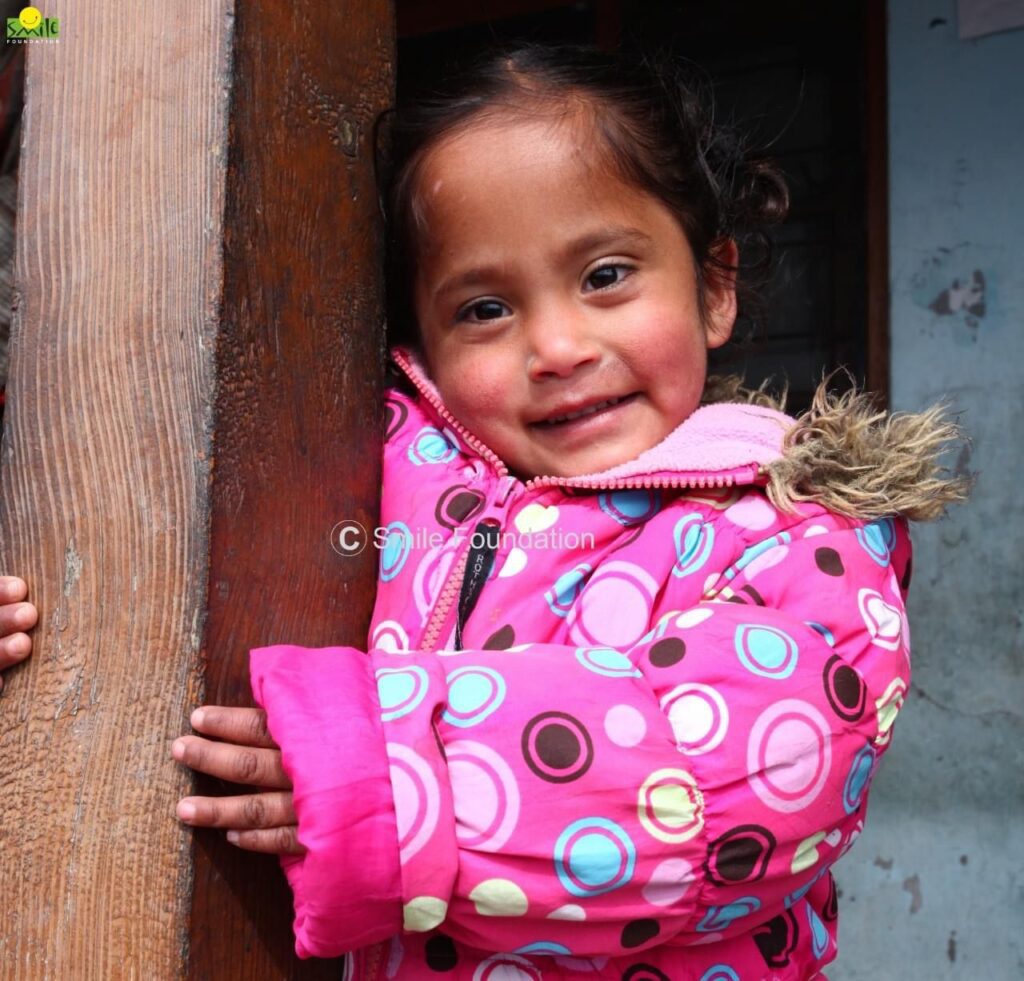
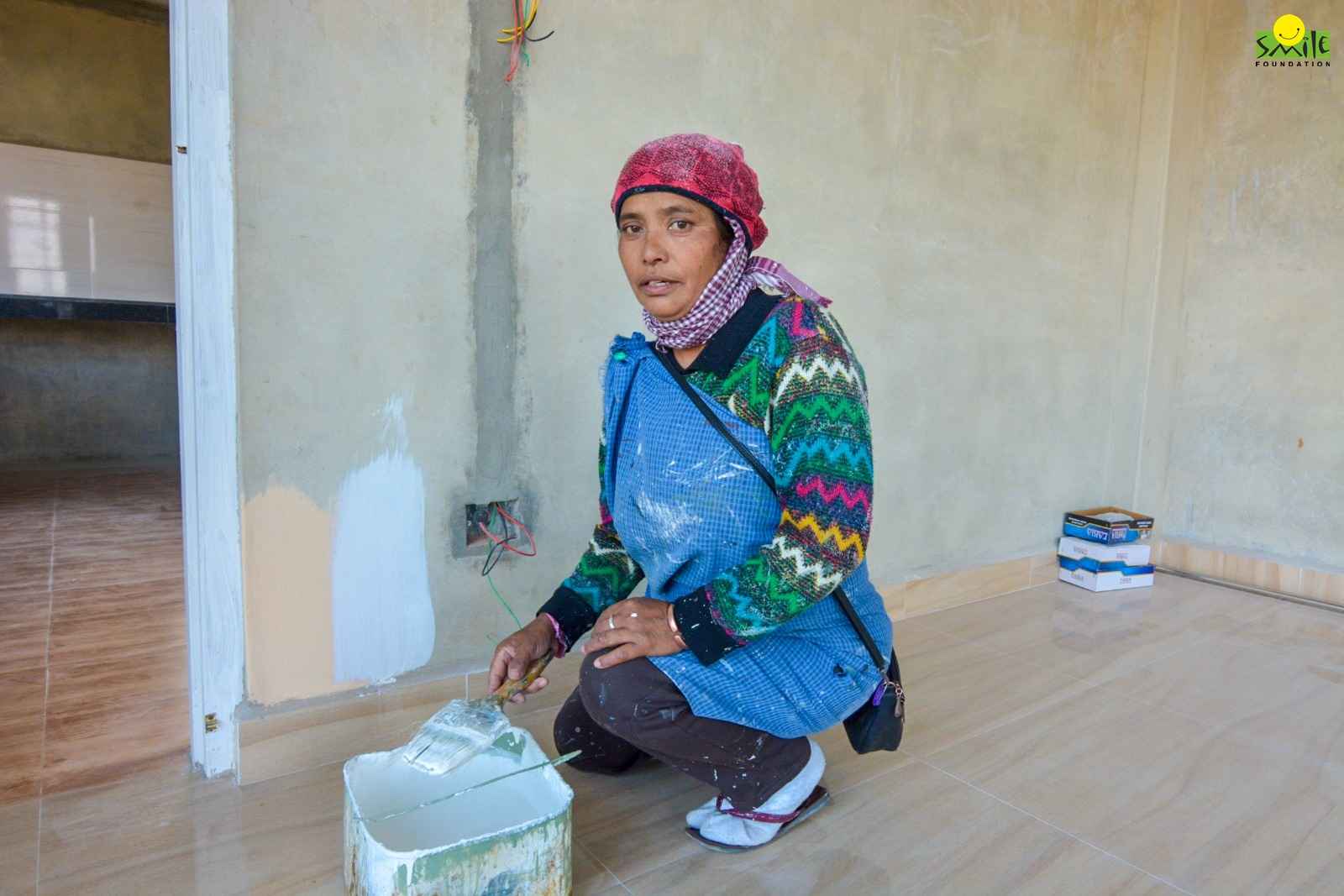
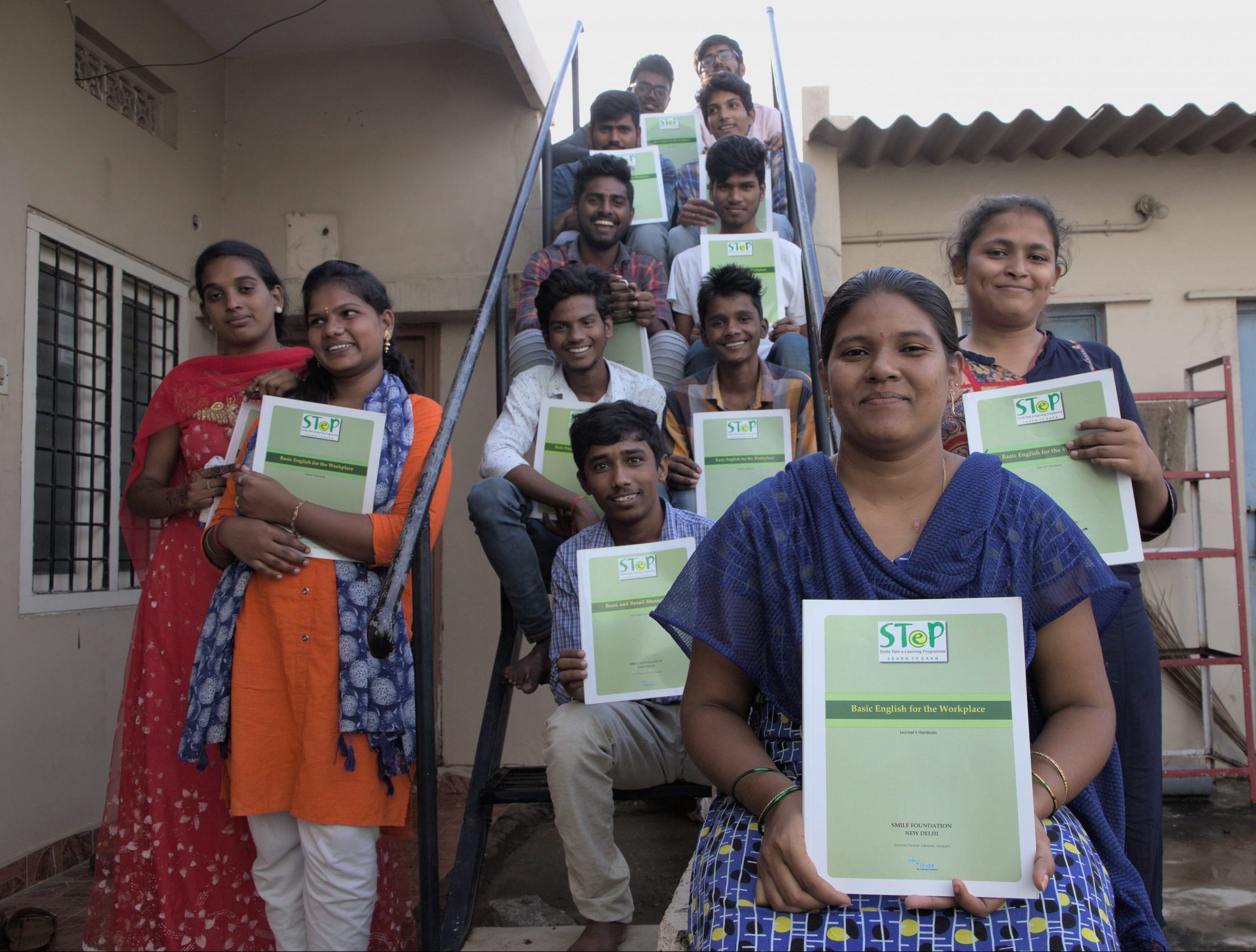
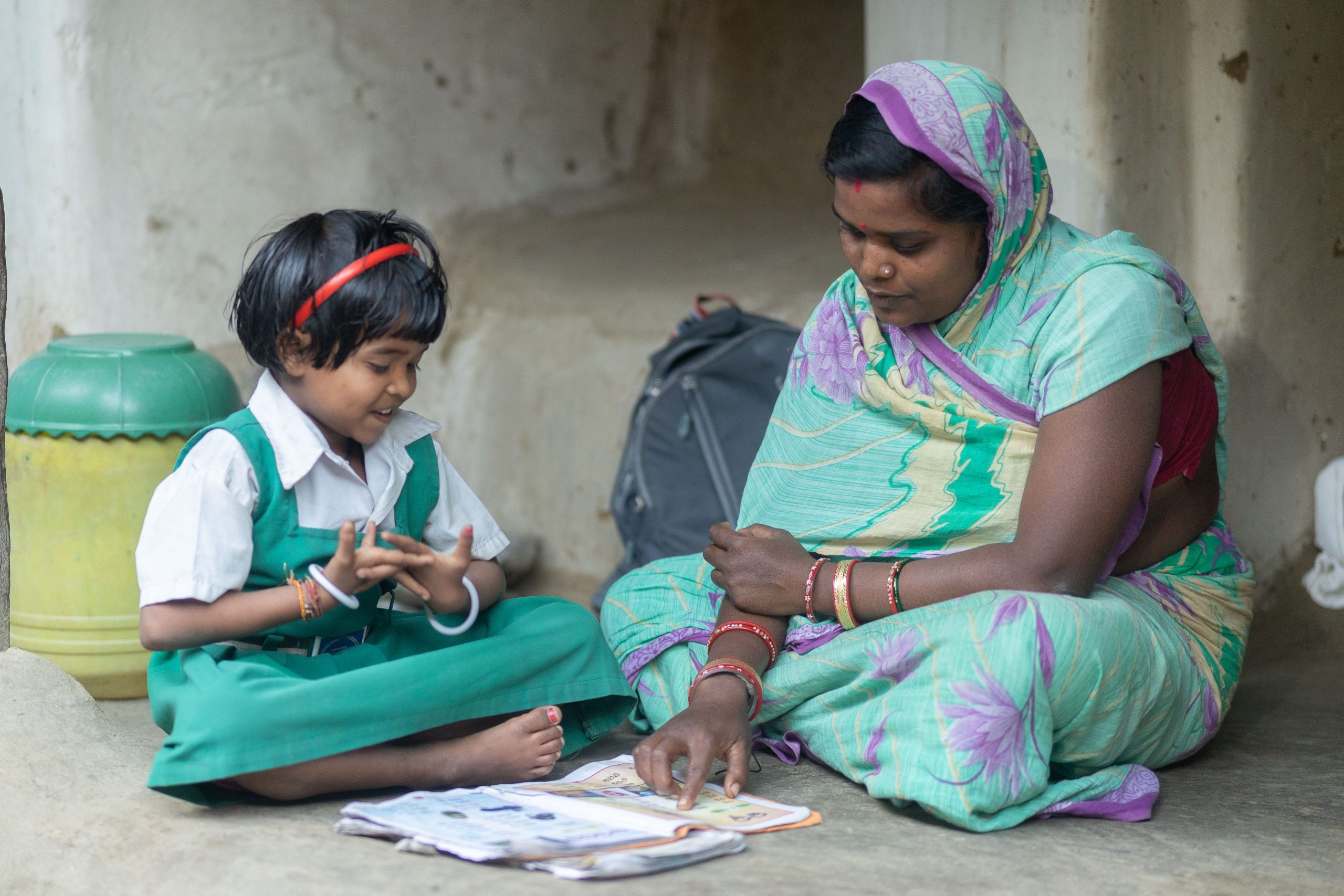
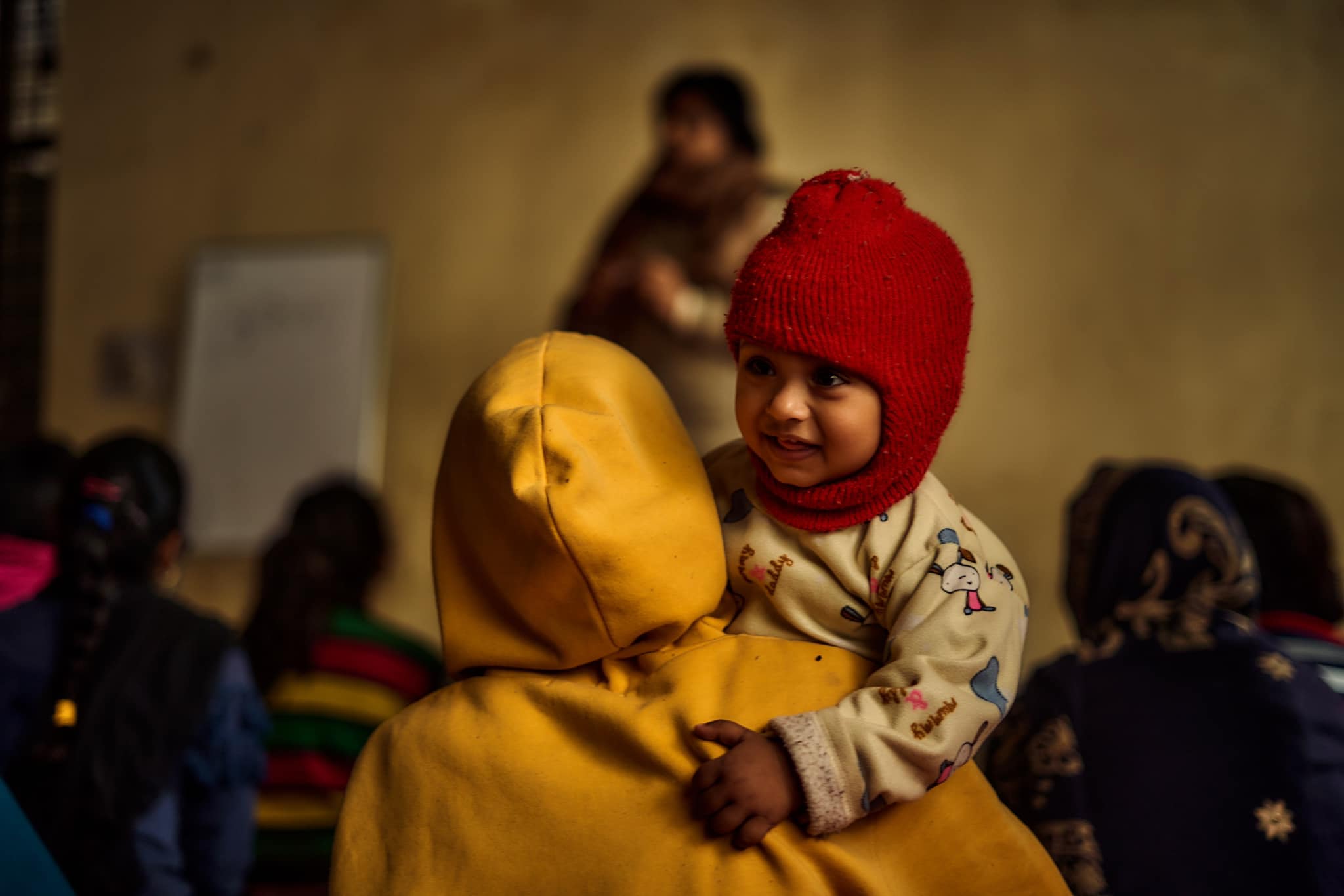
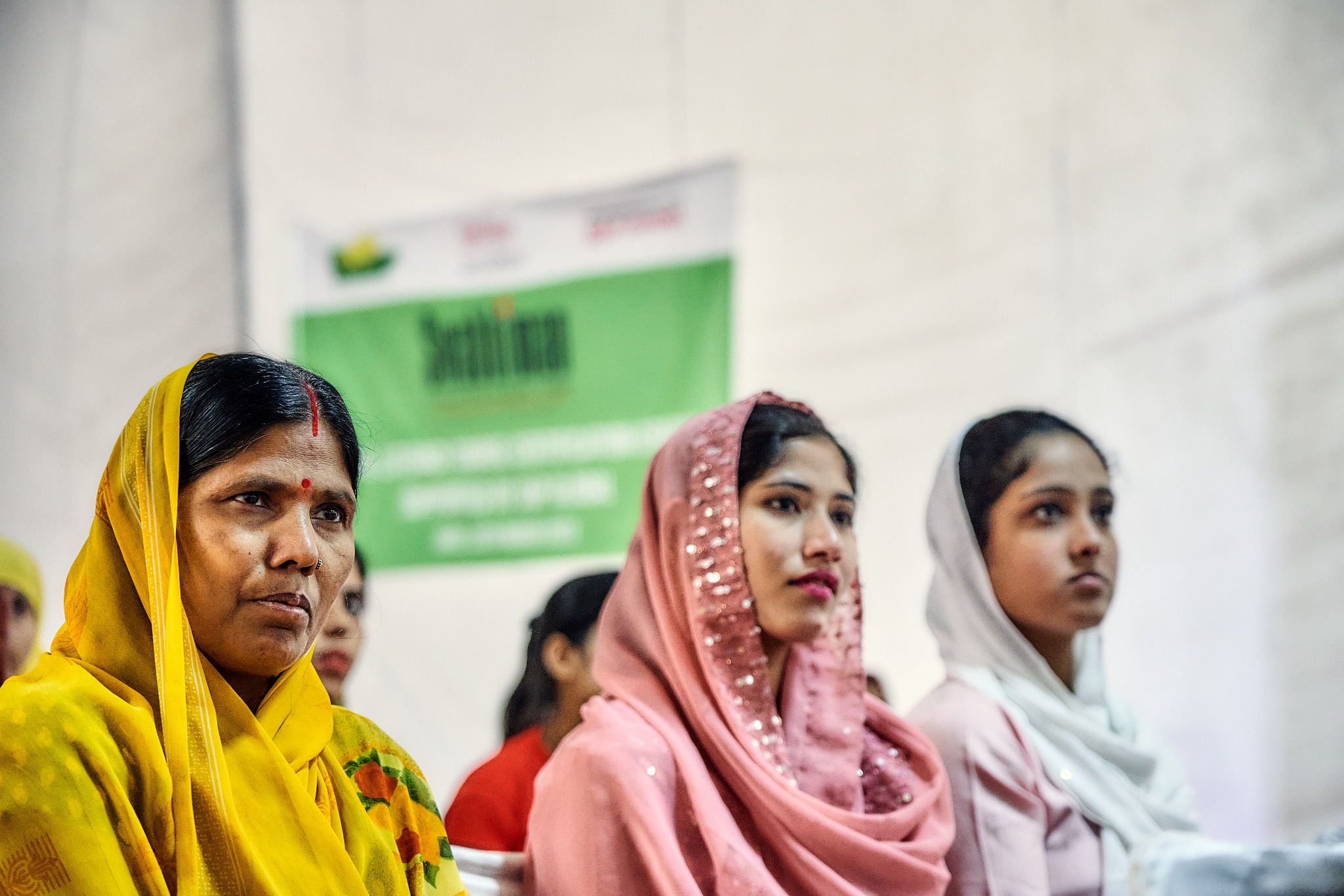
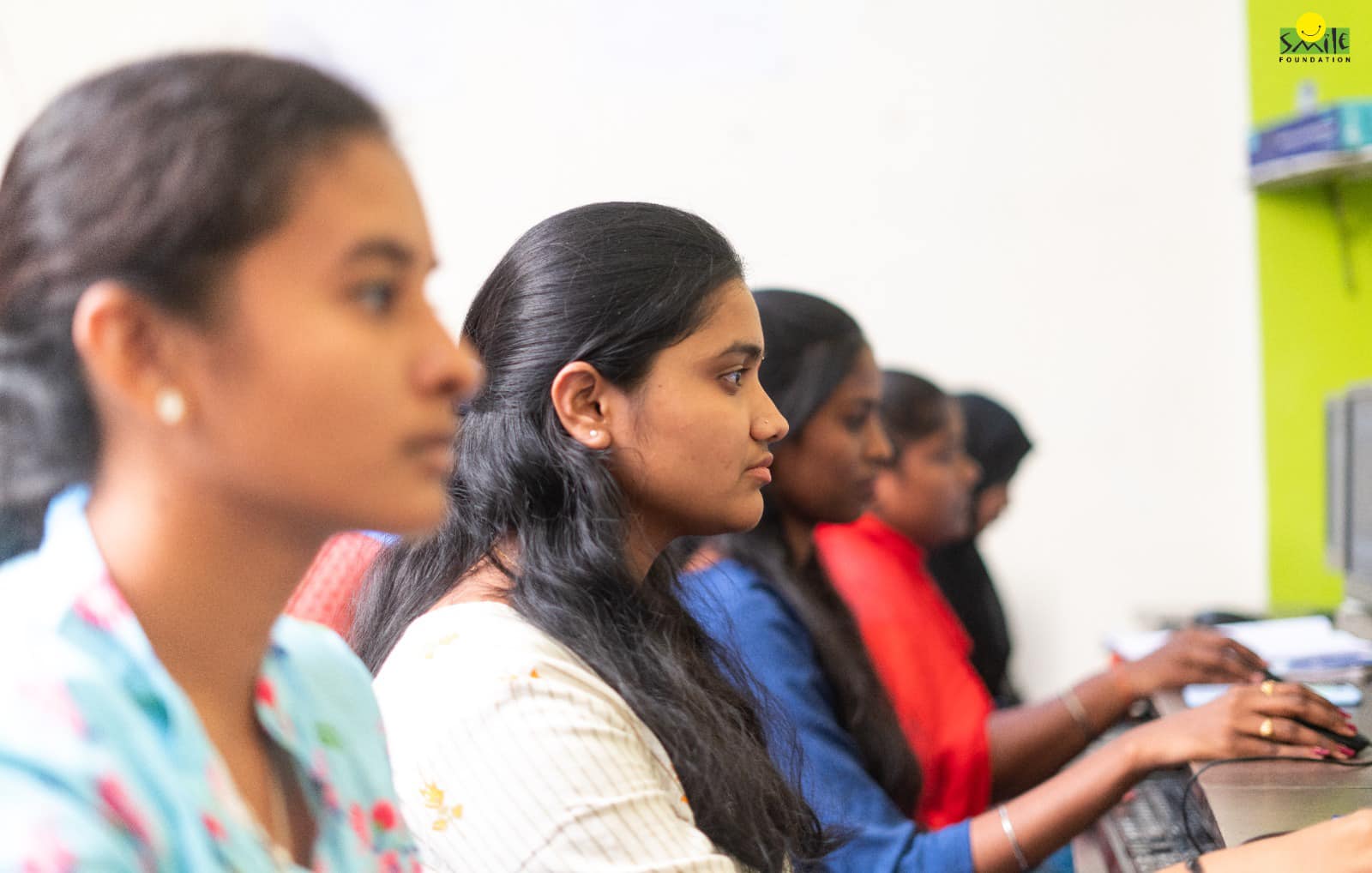
One reply on “Girl Child Education – Key to Freeing Girls from Social Barriers”
Nice Article!